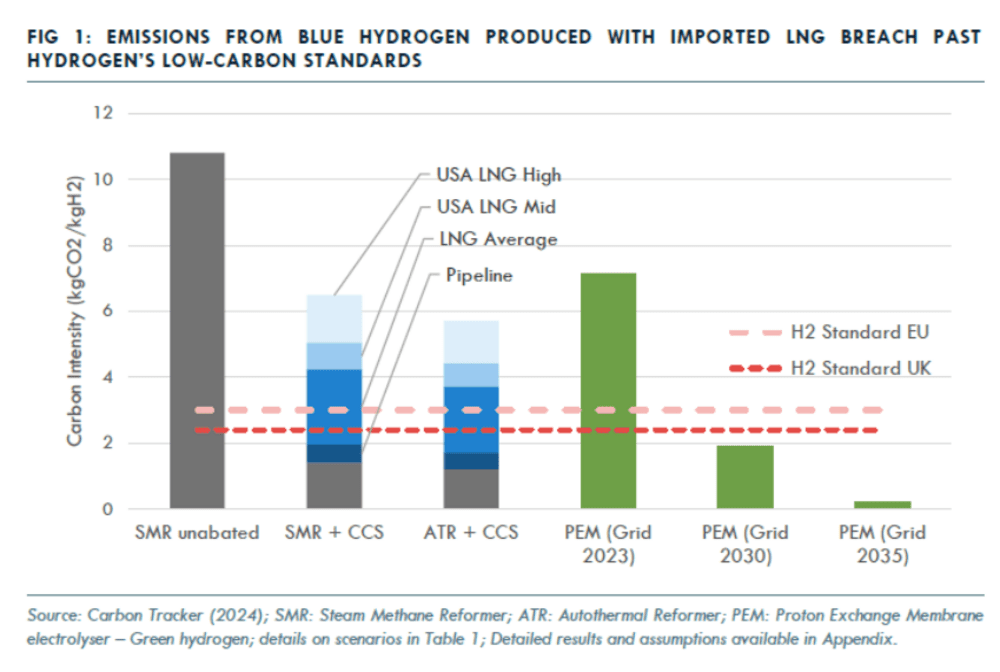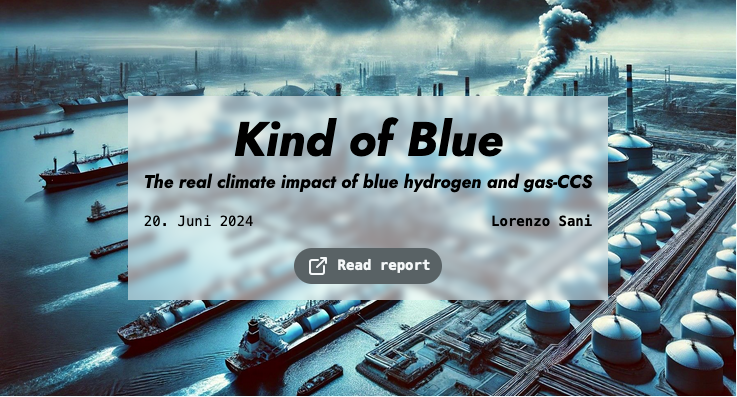Researchers examine economic effects on technological advancements of blue hydrogen production
UNIVERSITY OF WYOMING
A new analysis by University of Wyoming researchers examines the impacts of current federal economic incentives on large-scale, blue hydrogen production technologies and estimates the expected outcomes in long-term expenses as those hydrogen production pathways evolve.
The research, titled “Technological Evolution of Large-Scale Blue Hydrogen Production Toward the U.S. Hydrogen Energy Earthshot,” was led by Haibo Zhai, the Roy and Caryl Cline Distinguished Chair in Engineering and a professor in the UW College of Engineering and Physical Sciences. The study appears in the journal Nature Communications, a peer-reviewed, open access scientific journal that covers the natural sciences.
Wanying Wu, Zhai’s UW Ph.D. student, was lead author.
Launched in 2021, the U.S. Department of Energy’s (DOE) Energy Earthshots Initiative aims to accelerate breakthroughs of more abundant, affordable and reliable clean energy solutions within the decade by reducing the cost of clean hydrogen production and deployment. The ambitious goal of the program is to reduce production costs of hydrogen by 80 percent to $1 per kilogram of hydrogen in a decade.
The new UW study estimates the economic benefits from learning experience by deploying large-scale blue hydrogen projects; evaluates both the 45Q tax credit for carbon sequestration and 45V tax credit for clean hydrogen production; and compares the credits’ economic role in promoting blue hydrogen production toward the Hydrogen Energy Earthshots Initiative.
“Currently, the cost of hydrogen is high, especially when produced from renewables,” Zhai says. “However, blue hydrogen -- that is, hydrogen produced using fossil fuels and paired with carbon sequestration -- has the potential to significantly reduce the costs of production, substantially lower emissions and support new economic opportunities in line with the goals of the Energy Earthshots Initiative so long as the tax incentives and infrastructure funding remain available to technology developers. This study is an important snapshot of where we are and where we could be in the future while building out clean hydrogen systems.”
The premise is that the more prevalent and advanced, or “experienced,” large-scale blue hydrogen systems become, the more efficient and affordable they will become. However, that is only one piece of the puzzle, Zhai says.
“We apply experience curves to estimate the evolving costs of blue hydrogen production and to further examine the economic effect on technological evolution of the Inflation Reduction Act’s tax credits for carbon sequestration and clean hydrogen,” he explains. “We concluded in our models that the break-even cumulative production capacity required for gas-based blue hydrogen to reach DOE’s $1/kg H2 target is highly dependent on tax credits, natural gas prices, inflation rates, carbon capture uncertainties and learning rates.”
Despite these uncertainties, the study concludes that experience from the deployment of blue hydrogen projects will be helpful in lowering future costs of hydrogen production and will remain cost competitive. Additionally, paired with extended tax incentives for carbon sequestration, costs could be significantly reduced further.
Funding for the study was made possible by the Hydrogen Energy Research Center (H2ERC) in UW’s School of Energy Resources (SER) and is the direct result of the “Hydrogen: Make, Move, Use or Store” initiative that supported UW faculty-led projects investigating topics across all levels of the hydrogen supply chain. Eugene Holubnyak, H2ERC director, also was a collaborative author on the study.
“I feel privileged to have contributed to this important discussion alongside Dr. Zhai and Ms. Wu,” Holubnyak says. “SER has been fortunate to receive support from the state of Wyoming in order to delve into the feasibility of a new hydrogen economy and conduct important research on hydrogen production methods. This study is a wonderful example of that support having a wider impact among the scientific community and will help us to evaluate the most economically competitive pathway forward.”
JOURNAL
Nature Communications
METHOD OF RESEARCH
Data/statistical analysis
ARTICLE TITLE
Technological evolution of large-scale blue hydrogen production toward the U.S. Hydrogen Energy Earthshot
Our report reveals that CO2 emissions from Blue Hydrogen and Gas-CCS projects could be two to three times higher than reported when considering upstream emissions from gas extraction, processing and transport
Proponents of Carbon Capture, Utilisation and Storage (CCUS) technologies promise that CCUS-based hydrogen (i.e., blue hydrogen) and gas power plants with CCS (i.e., gas-CCS) can offer a low-carbon solution to decarbonise industrial
r.


This report evaluates the impact of upstream emissions to determine whether or not gas-based CCUS technologies could have a positive climate impact, assuming the technology would work as claimed by the CCUS industry.
This problem is particularly important for the UK and EU which following the 2022-23 energy crisis are increasingly reliant on imported LNG, particularly from the USA.
Download our report for free to find out more about how:
– Blue hydrogen and gas-CCS projects are not inherently low-carbon.
– New gas demand from CCUS will increase emissions.
– The carbon intensity of blue hydrogen is underestimated.
– Carbon savings from gas-CCS are overestimated.
– Environmental assessment frameworks are flawed.
– Gas-based CCUS projects can derail net zero strategies.
Our report features a comprehensive analysis of upstream emissions from various sources and countries. It includes two case studies that highlight the flawed assumptions in the environmental applications of two planned projects in the UK. Additionally, it offers a detailed set of policy recommendations for British and European policymakers.
Carbon Tracker Associate Analyst and report author Lorenzo Sani said: “Blue hydrogen and Gas-CCS projects should not be considered low-carbon unless, on top of achieving high carbon capture rates, they can guarantee to only utilise natural gas with low upstream emissions. Green hydrogen, produced from renewable electricity, remains the only truly low-emission pathway.”
Dr Andrew Boswell who is taking the UK Government to the High Court in July over the assessment of upstream emissions in recent planning approval of Gas-CCS Projects in Teesside said: “UK Ministers promoted and subsidised these new natural gas developments whilst ignoring the very severe climate impacts. With the Net Zero Teesside project, minister Claire Coutinho even agreed that upstream emissions had significant adverse climate impacts when approving it. This report shows that the decision was made using outdated Government assumptions that do not correctly forecast future emissions, and the minister was only seeing around half the real carbon footprint. An urgent review of CCUS and hydrogen policy is required.”
Here you can find a link to our newly launched data portal with a downloadable version of the charts presented in the report.
Lorenzo Sani
Source
Carbon Tracker report, press release, 2024-06-20.
Supplier
Carbon Tracker Initiative Limited

No comments:
Post a Comment